DROPS Muskat
Mercerized cotton with a colorful shine!
from:
7BYN
per 50 g
Content: 100% Cotton
Yarn Group:
B (20 - 22 stitches)
/ 8 ply / DK / worsted
Weight/length: 50 g = approx 100 m
Recommended needle size: 4 mm
Knitting tension: 10 x 10 cm = 21 sts x 28 rows
Care: Machine wash on gentle cycle 40°C / Dry Flat
Made in: EU
Raw material origin: Cotton from Egypt
This yarn has an Oeko-Tex® certification (certificate number 97.T.1069), Standard 100, Class I from the Hohenstein Institute. This means that is has been tested for harmful substances and is considered safe in human-ecological terms. Class I is the highest level, and it means the yarn is suitable for baby articles (ages 0-3).
DROPS Muskat is a colourful yarn, made from 100% Egyptian mercerized cotton, the finest long cotton fiber you can lay your hands on! Spun from multiple thin strands, which make it extremely strong and durable, this yarn has a gentle shine and great shape stability.
One of our wonderful classics, this yarn has a huge variety of free patterns to choose from, and many satisfied customers after more than 25 years on the market!
Read more about our products' sustainability here
Please be aware that the colours shown may vary from screen to screen in the same way that shades may vary slightly from dye lot to dye lot.
How do I care for this yarn?

Machine wash on gentle cycle 40°C / Dry Flat
Here are some guidelines to wash your cotton garment, but please note that cotton has the tendency to shrink in the wash, so make sure you measure the garment before washing, in order to shape it correctly after the wash:
- Machine wash - separately - using a gentle cycle program at 40ºC and wool detergent without enzymes or optical brighteners.
- NEVER leave the garment to soak/wet in the washing machine for a long period of time.
- To dry the garment, shape it and lay it flat - do not hang - ideally on a warm bathroom floor or on top of a drying rack in a room with good air circulation. Never dry the garment in direct sunlight.
- Don’t tumble dry.
- Unevenness in the garment will even out after washing or steam ironing lightly.
- Never iron the garment directly. Use always a damp cloth between your steaming iron or regular iron and the garment.
Note: If you are washing a project made with this yarn combined with another, the general guideline is to follow the washing instructions for the most delicate of the yarns you are working with.
Do you have a question about this yarn?
See a list of frequently asked questions (FAQ) about our yarns.
1) What type of fibers make the DROPS yarns?
Yarn can be made from a large number of natural and synthetic fibers. DROPS carries mainly yarns made from wool, cotton, alpaca, linen, mohair and silk. Each fiber type has its own qualities, and they are often mixed to take advantage of the best properties of each one. Coarse yarn has the advantage of being stronger and more durable, and finer fibers offer more softness and comfort. Here a bit about the main fibers we carry:
Alpaca:
Alpaca fleece is the natural fiber harvested from an alpaca, and it is similar in structure to sheep wool fiber. Its softness comes from the small diameter of the fiber, similar to merino wool. It is a soft, durable, luxurious and silky natural fiber. Yarn made from alpaca fibers does not felt or pill easily, and it can be light or heavy in weight, depending on how it is spun. While similar to sheep’s wool, it is warmer, not prickly, and has no lanolin, which makes it hypoallergenic. Alpacas come in 22 natural colors, with more than 300 shades from a true-blue black through browns-black, browns, white, silver and rose-greys.
Mohair:
This fiber comes from the Angora goats, and it's considered a luxury fiber. Mohair yarn is warm as wool, but much lighter in weight; it is durable, dyes well and does not felt easily. Mohair fibers have also a distinctive luster created by the way they reflect light. Despite being a hard fiber, mohair is usually spun into a very fluffy yarn, resulting in airy and lustrous garments.
Wool:
The wool fibers come from the skin of sheep and are relatively coarse fibers. Two striking characteristics of wool are its susceptibility to heat and its felting property, which is caused by the scales on the surface. Depending upon the breed of sheep, the appearance of the wool varies.
Wool from Merino sheep is considered the finest type of wool, having as characteristics that is finely crimped and soft. All the Merino wool in the DROPS yarns has its origins in South America, coming from sheep that have not been subject to Mulesing.
Pure new wool is wool made directly from animal fleece, and not recycled from existing wool garments.
Machine washable wool is wool treated chemically to minimize the outer fuzzy layer of the fibers, and be therefore fitable for machine wash (see Superwash).
Silk:
The silk fiber is a fine continuous fiber produced from the cocoon of a moth caterpillar known as the silkworm. While silkworm is cultivated, the wild or tussah silk is obtained from uncultivated silkworm cocoons. Silk fiber is one of the strongest natural fibers and makes a wonderful knitting yarn. It blends really well with other fibers, especially wool. Silk also dyes beautifully with natural dyes.
Vegetable fibers:
There are several varieties of vegetable fibers, found in the cell walls of plants or vegetables. Of all the varieties, two are recognized as major knitted or textile fibers. They are cotton and linen.
Cotton is the fiber surrounding the seeds in a cotton pod, and it is almost pure cellulose. Cotton is usually white in color but there are green and brown varieties as well. The cotton fiber is most often spun into yarn or thread and used to make a soft, breathable textile that is good for summer clothing and accessories, making a weaker yarn than silk or linen but stronger than wool.
Mercerized cotton is cotton that has been through a mercerization treatment. This treatment gives cotton fabrics and threads a lustrous yarn that is more lustrous than conventional cotton. It is also stronger, takes dye a little more readily, makes the yarn more resistant to mildew and reduces lint. It also may not shrink or lose its shape as much as "regular" cotton.
Linen is a fiber derived from the stalk of the flax plant that is durable and stronger than any other fiber. The linen fiber is relatively soft, straight and lustrous and becomes more beautiful with age. Linen is more comfortable to wear in hot temperatures than cotton, due to the fact that it absorbs moisture better and dries more quickly.
Other materials used in our yarns include synthetic fibers such as acrylic, viscose, polyamide (nylon) and polyester. These fibers are used mostly to give strength to a yarn (like our sock yarn, DROPS Fabel) or a special kind of structure (like our blown yarn, DROPS Air).
The polyamide fibre, commonly known as nylon, is very strong, durable, lightweight, easy to care for (can be machine washed and dried), and elastic, which makes it perfect for blending with other fibres to produce hard-wearing yarns like sock yarn.
Compared to polyester, polyamide is softer and more flexible, but it also absorbs more water and dries slower.
3) What type of information can I find on the DROPS yarn labels?
All DROPS yarn labels include information about fiber content (wool, cotton, etc.), weight in grams and ounces, length in meters and yards, washing instructions and symbols (explained here), color number, dye lot number and yarn group information.
4) What are the DROPS yarn groups?
All DROPS yarns are classified into 6 different thickness groups (A to F). Yarns in a same group have similar knitting tension/gauge, and can therefore be interchanged in patterns; however the length may be different, so when substituting always calculate the amount of meters/yards needed for the pattern to know the amount of yarn you need to get.
5) Can I use a different yarn than the one mentioned in the pattern?
Yes, as long as the yarn can be worked in the same knitting tension/gauge. Always swatch to make sure you get the same number of stitches in width and rows in height as given in the pattern.
Remember that different yarns with different textures, will give the garment different looks. The yardage/length may also be different, so when substituting always calculate the number of yards needed, in order to know the amount of yarn you need.
Read more about how to calculate the amount of an alternative yarn - and how to replace 1 thread of a yarn with 2 or more of another, here.
6) What does it mean when a yarn is “Superwash”?
A superwash wool is a special wool product that has been treated or processed in a way that allows it to be machine washable. Many people are afraid to work with wool because it is so easy to shrink (though some shrink wool on purpose) and superwash wool can allow them to work with great fibers without worry. (Read more here).
7) What does “Oeko-Tex® certified” means?
The Oeko-Tex® Standard 100 was introduced at the beginning of the 1990s as a response to the needs of the general public for textiles which posed no risk to health. The Oeko-Tex® Standard 100 is a globally uniform testing and certification system for textile raw materials, intermediate and end products at all stages of production. The test for harmful substances comprise substances which are prohibited or regulated by law, chemicals which are known to be harmful to health, and parameters which are included as a precautionary measure to safeguard health.
For more info go to www.oeko-tex.com
10) How accurate are the colours on the shade cards online?
When obtaining images for the shade card, we do our best to achieve the highest level of color accuracy. Unfortunately, we cannot guarantee how images will appear on your computer screen. Every monitor displays color differently, some colors might look darker than they really are, and some colors might be more saturated on some screens. If you experience that many of the yarn colors looks different on your screen than the actual color of the skeins, you can adjust the setting on your monitor.
11) What is a micron? What does super fine / extra fine mean?
The fineness of yarn fibers is measured in microns (thousands of millimeters). Super fine alpaca wool is 26-28 microns. Fine merino wool is less than 21.5 microns and extra fine merino is under 19.5 microns. The less microns the softer and more delicate a quality can be, the more microns the more hard wear the quality will be.
The reason why the microns in a yarn’s fibers are important is that the yarn will eventually become something else, and how delicate or coarse a yarn is will determine in part what we use it for. That’s why we recommend the softest yarns (like DROPS Baby Merino) for baby clothing, or why we choose to use a more hard wear yarn like DROPS Snow, for a seating pad or slipper.
12) Why are the colours in my skeins of print yarn different?
The reason why two skeins of a same print yarn look different can be 1) that both skeins are part of different dye lots; 2) that the skeins have been dyed using a technique called "magic print" (the one used for example in DROPS Delight), which provides unique patterns and smooth colour transitions to each skein, meaning also that within one dye lot, lighter or darker varieties might appear. This is no fault or defect, but part of the yarn's character.
13) My store doesn’t have the colour I want, what can I do?
If your DROPS store doesn’t have the yarn colour you want, try contacting a DROPS Super Store (the ones with the golden badges) - they will make sure to get a hold of the colour even if they don’t have it in stock themselves. See a list of all DROPS stores here.
14) Where can I find a specific dye lot of a colour?
Always try contacting your DROPS store first. If they do not have the dye lot you want we recommend you to ask other knitters and crocheters in the DROPS Workshop in Facebook or Ravelry, which may have the dye lot in their stash and might be willing to part from it.
Yarn sheds because there's not enough twist to hold all of the fibers together. All yarns have excess fibers (from production) that might come off as lint or shedding, in varied degrees that depend on how the yarn is spun. Brushed yarns ("hairier" yarns) like DROPS Melody, have more of these loose fibers than other yarns, and therefore shed more. Shedding also depends on what is worn under or over the garment, and whether this pulls at the yarn fibers. It’s therefore not possible to guarantee that there will be no shedding.
Below are some tips on how to get the best result when working with hairier yarns:
- When the garment is finished (before you wash it) shake it vigorously so the looser hairs come off. NOTE: do NOT use a lint roller, brush or any method that pulls at the yarn.
- Place the garment in a plastic bag and put it in your freezer - the temperature will cause the fibers to become less attached to each other, and excess fibers will come off easier. Leave in the freezer for a few hours before taking it out and shaking it again.
- Wash the garment according to the instructions on the yarn label. Garments worked with hairier yarns usually need to be shaken once dry after washing, so that the hairs rise and any excess fibers can come off.
Pilling is a natural process that happens to even the most exclusive of fibers. It's a natural sign of wear and tear that is hard to avoid, and that is most visible in high friction areas of your garment like a sweater's arms and cuffs.
You can make your garment look as new by removing the pilling, using a fabric comb or a pill/lint remover.
How can I replace this yarn?
If you are looking to replace this yarn with another DROPS yarn, you can use another yarn within the same yarn group, or try our yarn converter!
Other yarns in Yarn Group B
Read more about replacing yarn.Have a problem with the DROPS yarn you purchased?
When you purchase yarn from the shade cards or patterns on our site, you are not buying directly from DROPS but from one of the hundreds of DROPS stores around the world. It is therefore important that you take contact with the DROPS store where you bought the yarn, and that you save the labels of all the skeins you purchased (they are your warranty).
The DROPS store you contact will assist you and escalate the claim if necessary. Find a list of DROPS stores here.
Comments / Questions (262)
![]() Tanja wrote:
Tanja wrote:
Gibt es die Farbe 16 nicht mehr? dieses schöne satte grün?
23.07.2019 - 08:27DROPS Design answered:
Liebe Tanja, Farbe 16 gibt es in der Tat nicht mehr. Manche Farben werden im Laufe der Zeit aus dem Sortiment genommen. Vielleicht gefällt Ihnen Farbe 53, ein leuchtendes Apfelgrün?
27.07.2019 kl. 09:44
![]() Lydia wrote:
Lydia wrote:
Hallo, ich habe das Türkis, Colour 32 Dyelot 112, schon lange hier liegen. Nun hab ich es für den Nostalgia verwendet und obwohl 450 gr für meine Größe angegeben wird und die Maschenprobe perfekt passte, reicht das Garn nicht. Gibt es eine Möglichkeit aus dieser Färbung noch Garn zu bekommen? Vielen Dank für Ihre Antwort
13.05.2019 - 09:39DROPS Design answered:
Liebe Lydia, wenden Sie sich bitte an Ihrem DROPS Laden, wo Sie Ihre Wolle gekauft haben, gerne werden sie Ihnen weiter helfen. Vile Spaß beim stricken!
13.05.2019 kl. 11:03
![]() Joanna wrote:
Joanna wrote:
Proszę o doradzenie odpowiedniej włóczki do zrobienia kocyka dla niemowlaka, włóczka musi być oddychająca.
18.03.2019 - 10:38DROPS Design answered:
Witaj Joanno. Proponuję coś delikatnego z merynosa, jak np. DROPS Baby Merino czy DROPS Cotton Merino. Pozdrawiamy!
25.03.2019 kl. 19:35
![]() Lütke Eversloh wrote:
Lütke Eversloh wrote:
Liebes Drops Team, um welche Farbe handelt es sich bei dem letzten Bild rechts in der Reihe. helles oder dunkles Orange ? und welcher Blauton ist das im Bild ? Vielen Dank schon mal herzliche Grüße Ursula Lütke Eversloh
07.03.2019 - 14:25DROPS Design answered:
Liebe Frau Eversloh, bei diesem Foto sieht man Farbe 49 and 15. Viel Spaß beim stricken!
08.03.2019 kl. 09:55Jacob wrote:
I would love to use this for a nice baby sweater!
07.02.2019 - 07:59
![]() Maja wrote:
Maja wrote:
Kan man se de forskellige farver et sted ?
20.01.2019 - 12:26DROPS Design answered:
Hej Maja, hvis du klikker på bestil, så kan du se hvilke butikker som fører DROPS Muskat, her imellem er der også fysiske butikker, hvis du ikke kun vil se dem på skærmen :)
05.03.2019 kl. 09:20
![]() Sandra wrote:
Sandra wrote:
Bonjour je souahiterais savoir si ce fil coton a passé le test pour la Norme NF EN71.3? car je souhaiterais faire des doudous avec . Merci d'avance
08.01.2019 - 17:04DROPS Design answered:
Bonjour Sandra, DROPS Muskat est certifié Oeko-Tex - vous trouverez le numéro de certificat sous le nuancier, rendez-vous sur le site d'Oeko-Tex pour en savoir plus. Bon tricot!
09.01.2019 kl. 08:58
![]() Anna wrote:
Anna wrote:
Hello! I have a question about dye. Do you use the same dye for all cotton yarn range? Thank you!
29.11.2018 - 19:29DROPS Design answered:
Hi Anna! Different yarns are made in different factories, so they use different dyes.
09.12.2018 kl. 19:29Amy J. Fillmore wrote:
Hej. Tåler det at blive kogevasket?
19.11.2018 - 20:42DROPS Design answered:
Hej Amy, nej kogevask kan vi ikke anbefale :)
05.12.2018 kl. 12:00
![]() Hazel Ryan wrote:
Hazel Ryan wrote:
Can you provide EN71-3 certification for Drops Muskrat for CE certification of toys made from this yarn.
06.11.2018 - 23:03DROPS Design answered:
Dear Mrs Ryan, DROPS Muskat has only the Oeko-Tex certificate - see number on the shadecard and find more informations about this on oeko-tex.com. Happy knitting!
07.11.2018 kl. 08:54
![]() Sharon wrote:
Sharon wrote:
Please could you tell me if any of your yarns carry EN71-3 certification as I need this to make sure my toys are CE standard to sell
13.08.2018 - 17:18DROPS Design answered:
Dear Sharon, some of our yarns are Oeko Text certified (read more here - visit Oeko Text to read more about this. Happy knitting!
14.08.2018 kl. 08:20Aimee Gill wrote:
Love using drops cotton, so lovely! Question though - Can you confirm that all cotton ranges (Safran, Paris, Love You, Muskat and Cotton Light) all use the same dye please?
30.07.2018 - 15:58DROPS Design answered:
Dear Mrs Gill, these qualities may have different dyelots. For any further assistance with colours, you are welcome to contact your DROPS Store even per mail or telephone. Happy knitting!
31.07.2018 kl. 15:23
![]() Angélique wrote:
Angélique wrote:
Bonjour, Pourriez vous m'indiquer le coloris de la pelote bleue se trouvant sur la dernière photo de présentation à côté de la pelote orange foncé? Je n'arrive pas à déterminer si il s'agit du coloris bleu n°15 ou pétrole n°74. En vous remerciant.
26.07.2018 - 13:42DROPS Design answered:
Bonjour Angélique, c'est la couleur n°15 sur cette photo. Bon tricot!
09.08.2018 kl. 09:26
![]() Caro wrote:
Caro wrote:
Liebes Drops Team! Ich bin auf der verzweifelten Suche nach 3 Knäuel Drops Muskat mit der Farb Nr. : 45 olive. Habe schon einige Drops Händler durchsucht und konnte diese Farbe auch dort nicht finden. Gibt es noch eine Möglichkeit an diese FarbNr. ranzukommen?
17.07.2018 - 18:00DROPS Design answered:
Liebe Caro, gerne können Sie in DROPS Workshop mal fragen, vielleicht kann Ihnen eine Strickerin weiter helfen. Viel Spaß beim stricken!
18.07.2018 kl. 09:40
![]() Andrea wrote:
Andrea wrote:
Eigentlich ein schönes Garn, allerdings fehlen Grüntöne. Bis auf drei wurden sie vor wenigen Jahren aus dem Programm genommen. Mir völlig unverständlich. Vor allem die wärmeren Töne fehlen nun in der Palette.
28.06.2018 - 09:51Martin Jensen wrote:
Lækkert garn... Min kæreste hækler en del, og har lavet flere hæfter til hende med opskrifter... Dette er en god måde at dele med andre på også... Mvh Martin
25.06.2018 - 15:13
![]() María H. wrote:
María H. wrote:
Tenéis pensado sacar una gama como los drops love con un grosor de hilo B? Hay del A y del C pero echo de menos ese grosor intermedio. Gracias
26.05.2018 - 18:50DROPS Design answered:
Hola Maria. En este momento no tenemos información sobre nuevos grosores para la colección de drops love you.
03.06.2018 kl. 10:38
![]() Bev Ranson wrote:
Bev Ranson wrote:
I am desperate to locate Drops Muskat 100%cotton colour 7 to finish a baby’ blanket. I need at least 12 balls and I live in Australia. Please say you can help me. Regards, Bev Ranson
10.03.2018 - 04:03DROPS Design answered:
Dear Mrs Ranson, do not hesitate to contact DROPS store shipping to your country, even per mail. Happy knitting!
12.03.2018 kl. 11:19
![]() Ana wrote:
Ana wrote:
Hola! Me gustaría comprar MUSKAT SOFT pero no lo encuentro disponible en España, qué puedo hacer?
27.02.2018 - 12:59DROPS Design answered:
Hola Ana. Muscat Soft está descatalogada. No tenemos información sobre si en alguna tienda quedan todavía algunas unidades
05.03.2018 kl. 21:06
![]() Sharon wrote:
Sharon wrote:
Yikes. I am short two balls of Muskat #20. Can you tell me how to find two balls of this? I checked your site and it doesn't show.
14.01.2018 - 16:18DROPS Design answered:
Dear Sharon, please contact your DROPS store - even per mail or telephone - if they are currently out of stock they will tell you when they got it back in stock. Happy knitting!
15.01.2018 kl. 11:15
![]() Rabiah wrote:
Rabiah wrote:
Un très beau fil! J'ai fait un grand plaid et le rendu est magnifique ! J'en ai racheté plusieurs fois et fait de nombreux petiits sacs.
12.01.2018 - 10:44
![]() Annette Nouwens wrote:
Annette Nouwens wrote:
Jammer dat er geen donkergrijs te leveren is.
10.12.2017 - 21:53
![]() Janina Sandell wrote:
Janina Sandell wrote:
Jag undrar varför ni alltid plockar bort färger ur ert sortiment? Detta är ett fantastiskt garn men ni sviker era kunder som har halvfärdiga alster då ni plockar bort färger. Brun, grå och "gräs grön" är färger som verkligen är saknade. Snälla ta inte bort färger bara för att ni gör nya- Större utbud tack!
09.08.2017 - 18:22Michael Helloween wrote:
Hej. Vi mangler noget ostelærred til halloween til at lave spøgelser af. Er det noget I har på lager?
30.05.2017 - 08:40DROPS Design answered:
Hej Michael, Nej det har vi desværre ikke i vores sortiment :)
12.07.2017 kl. 13:34






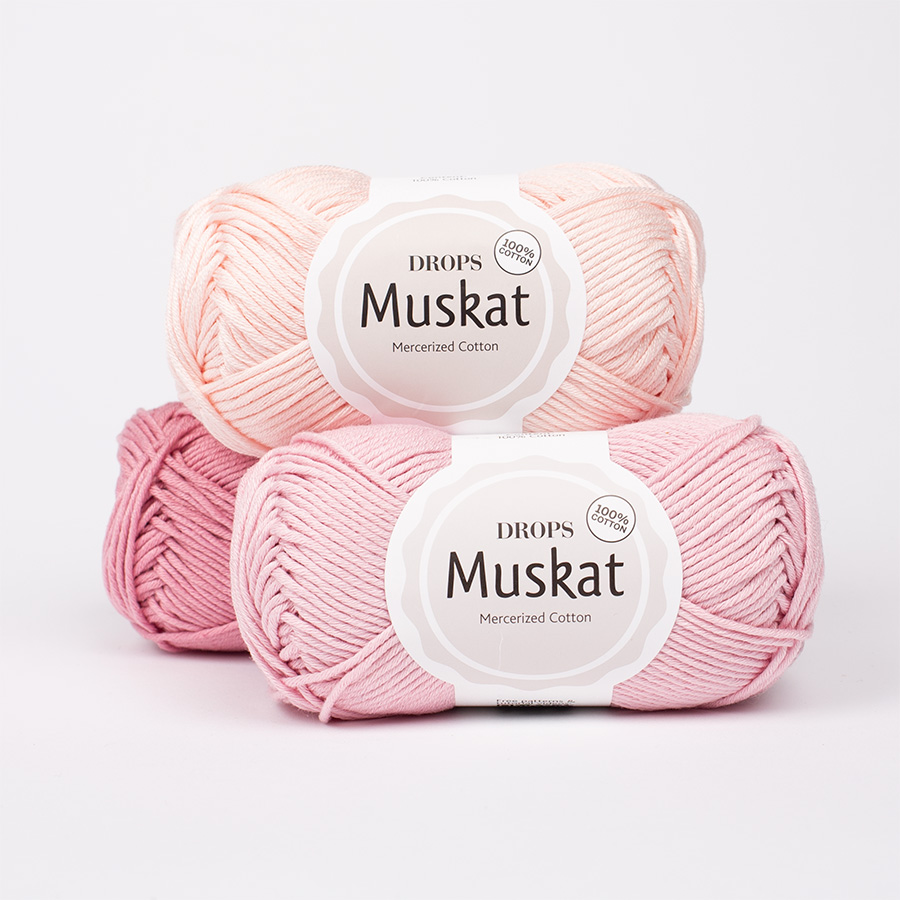
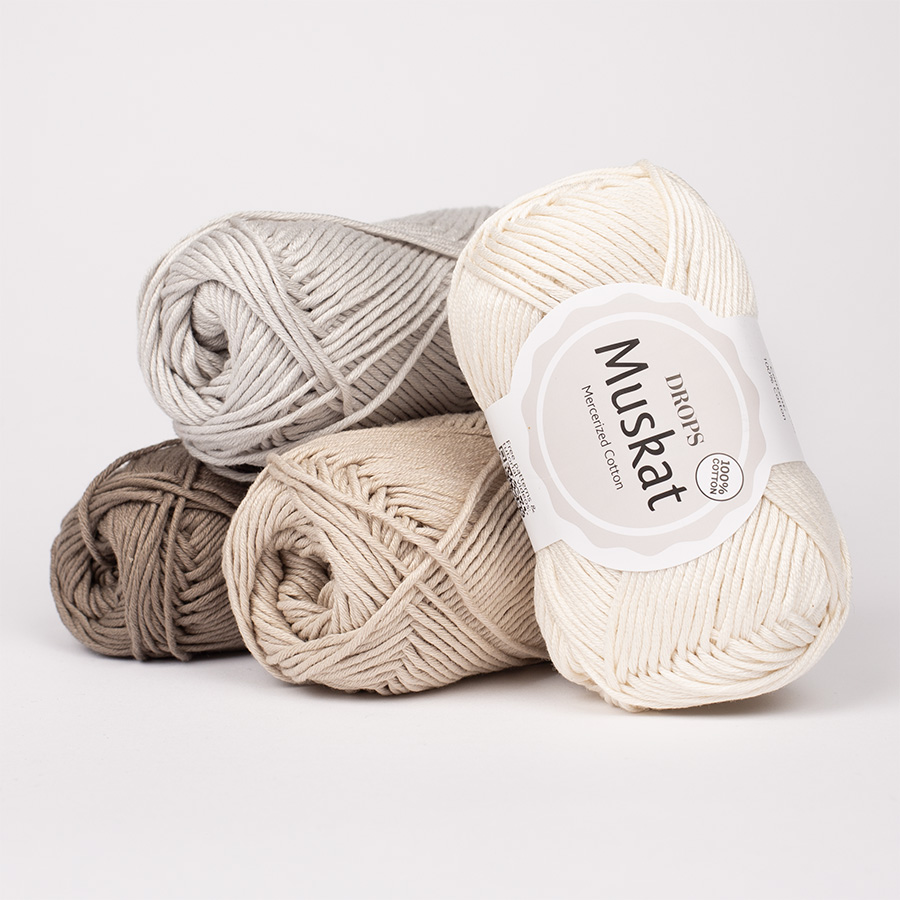
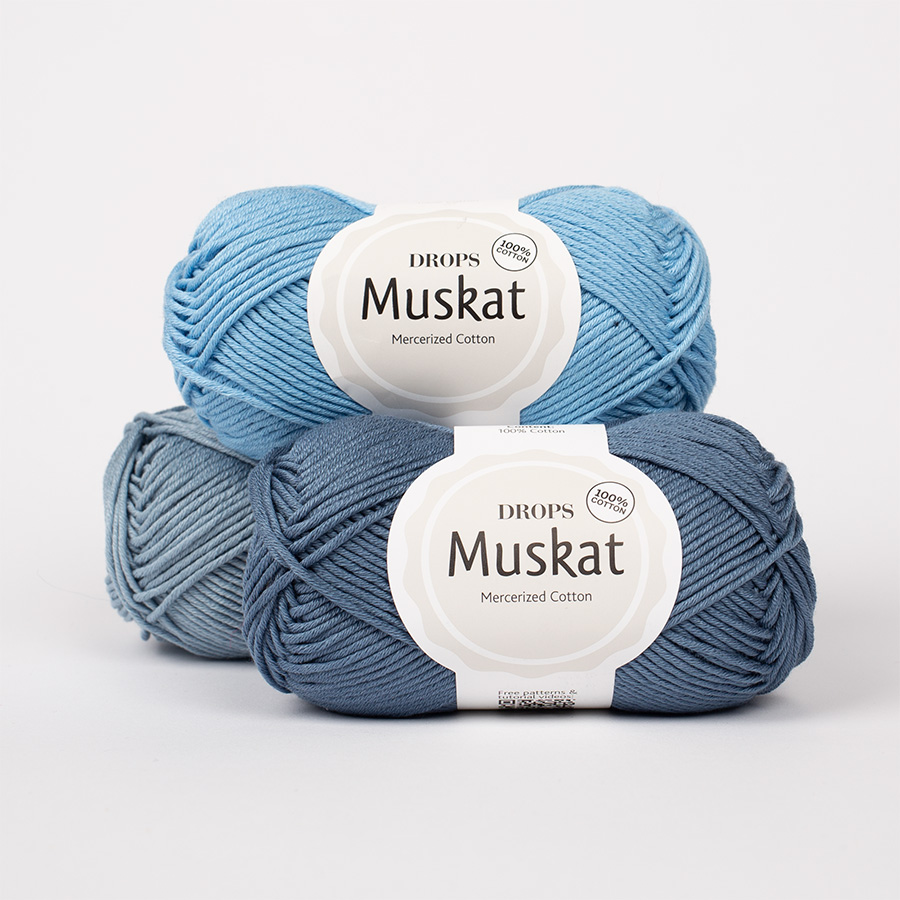
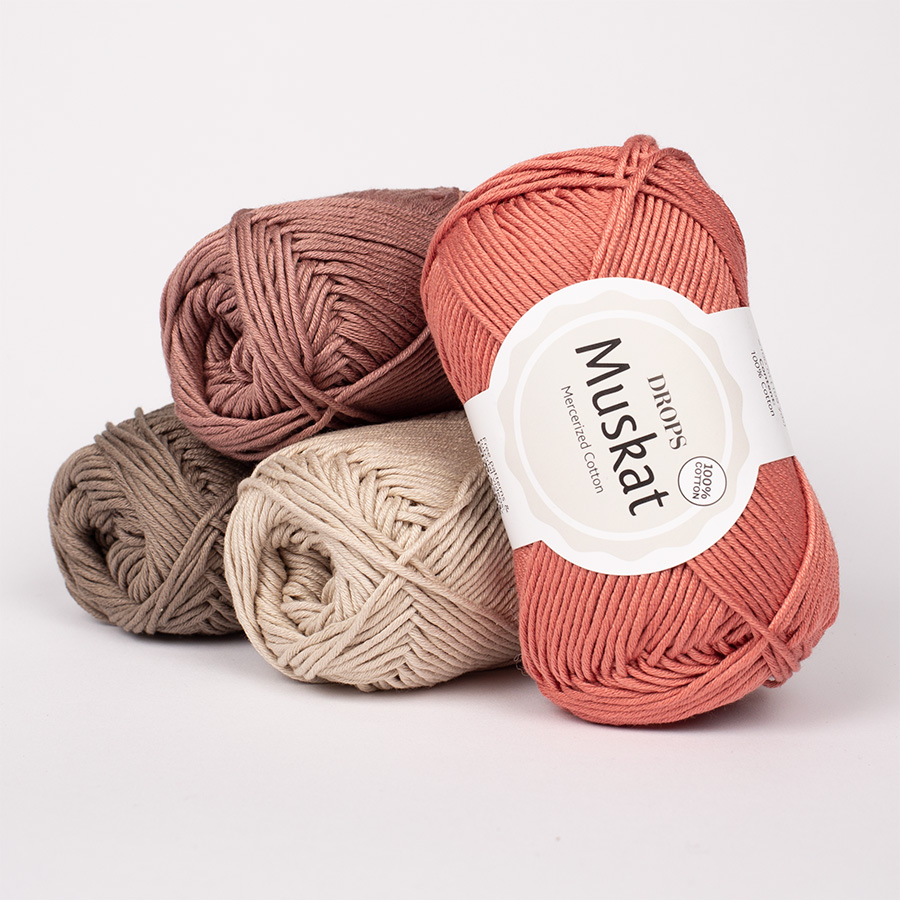
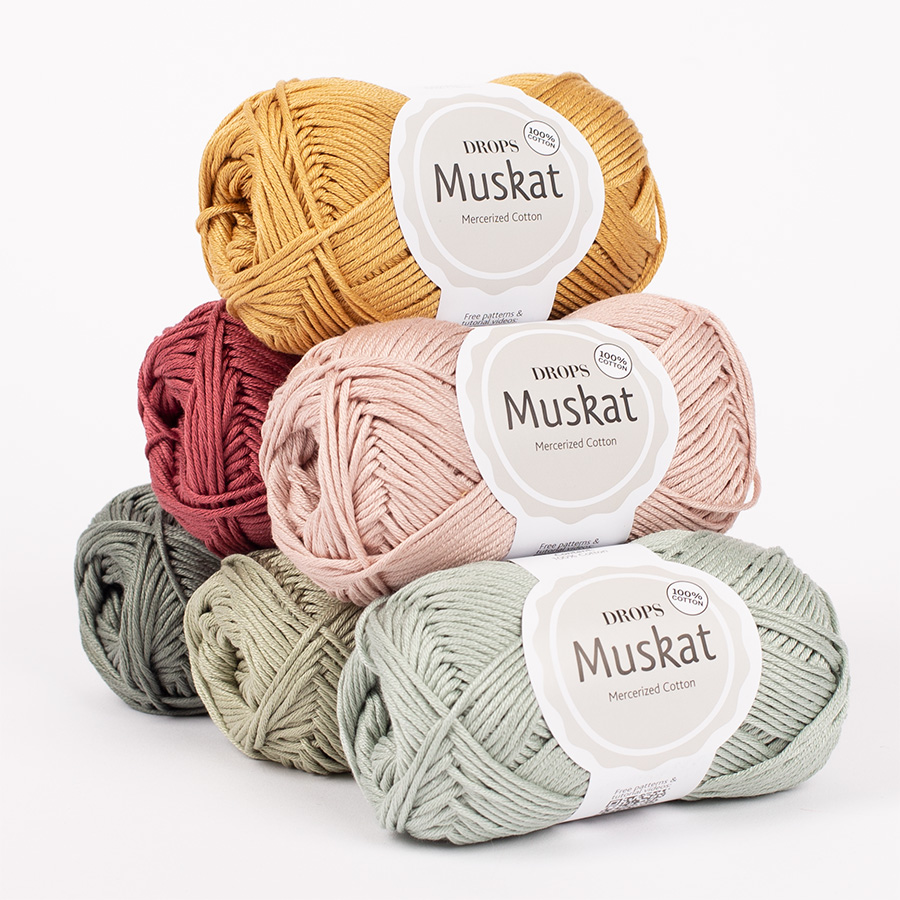
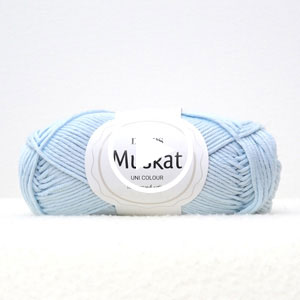






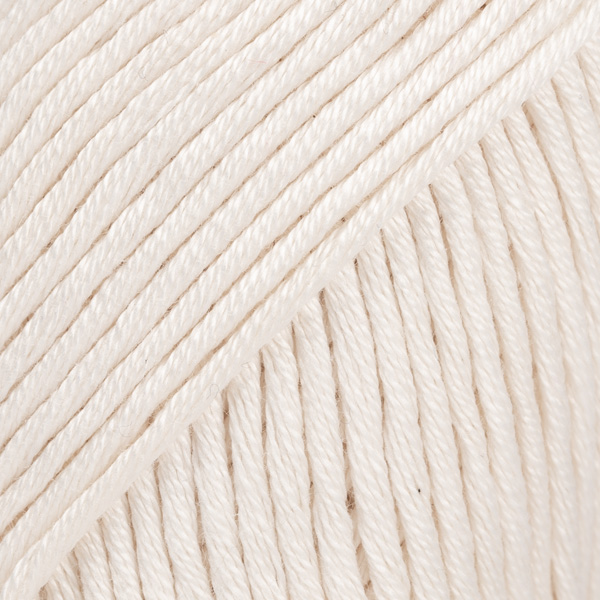

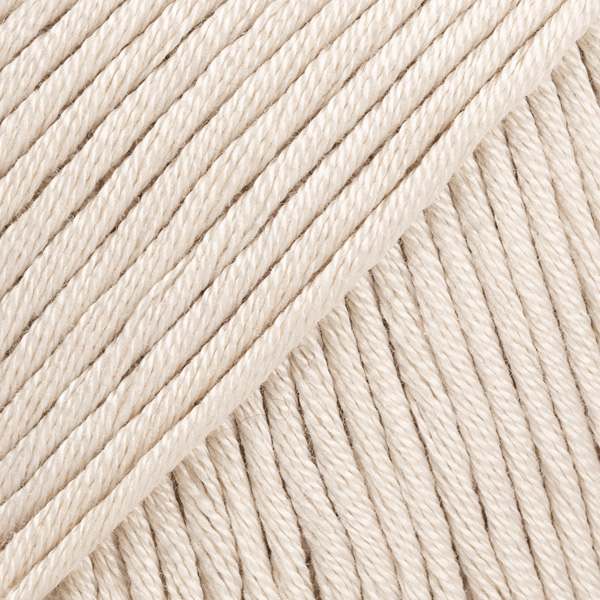

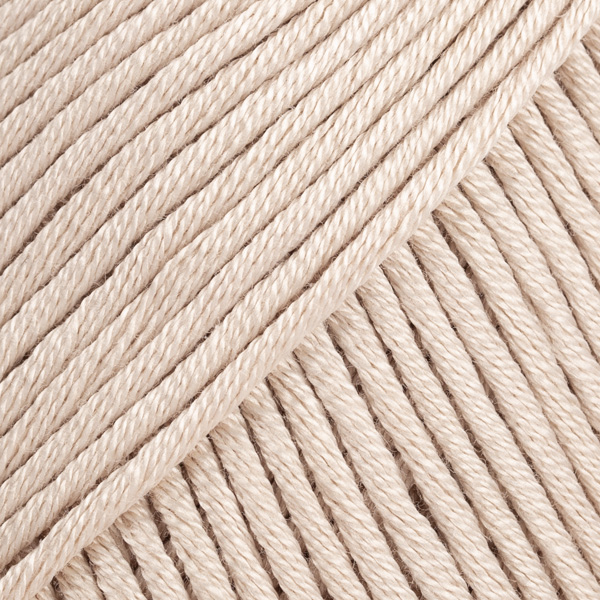
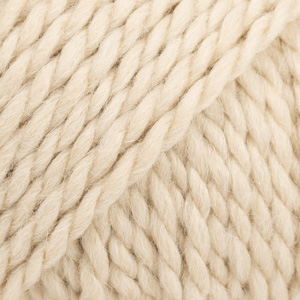











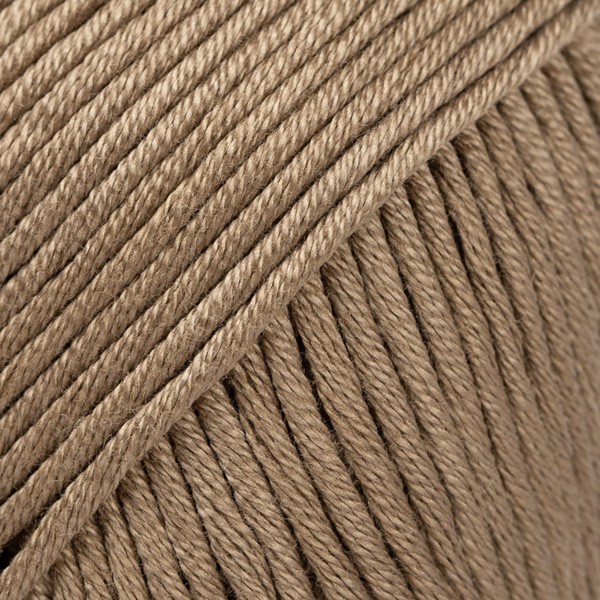


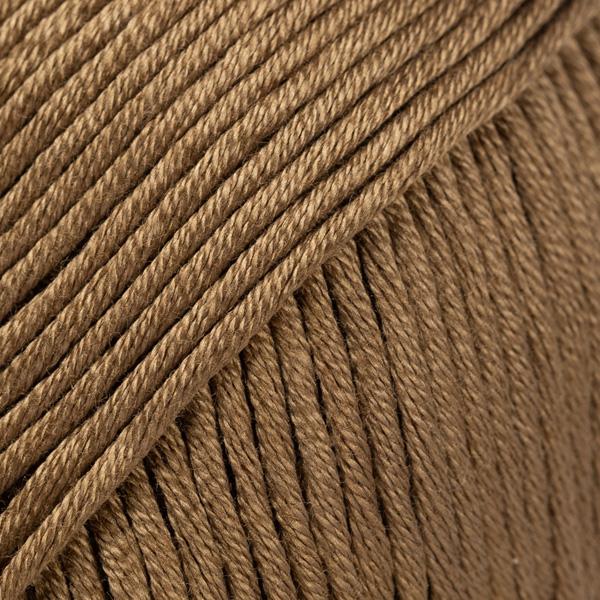

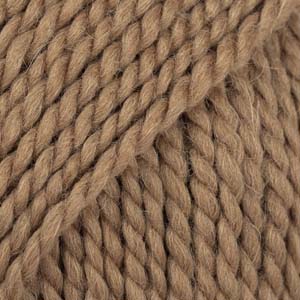




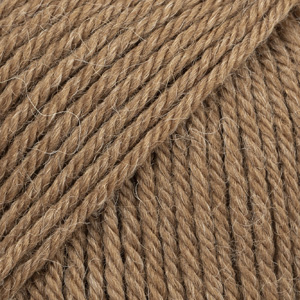












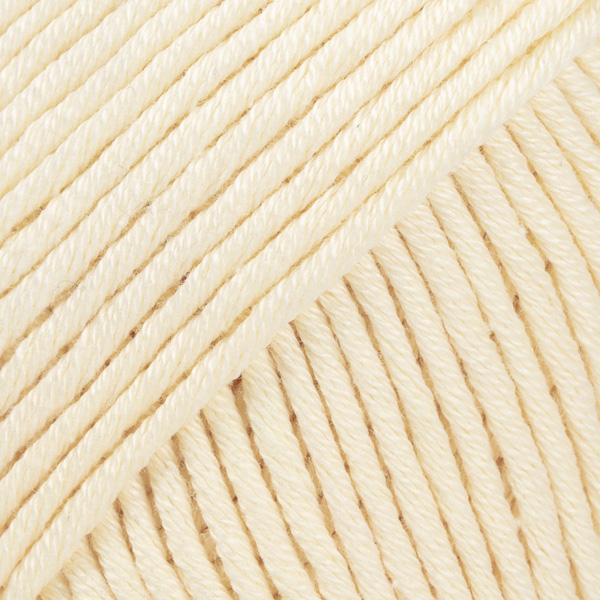








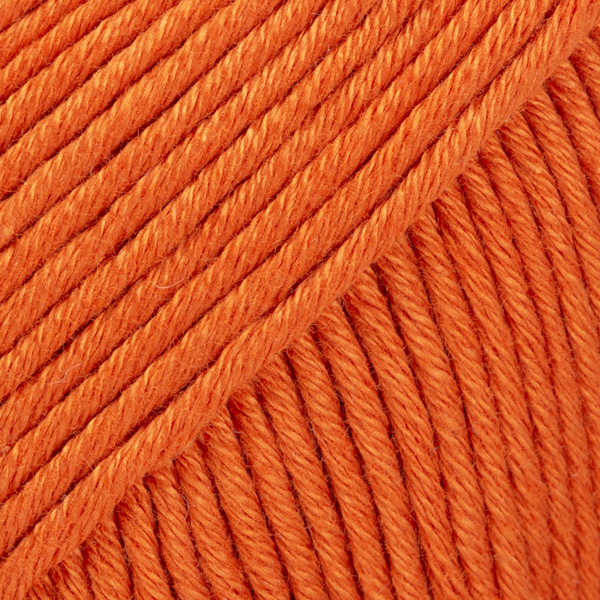










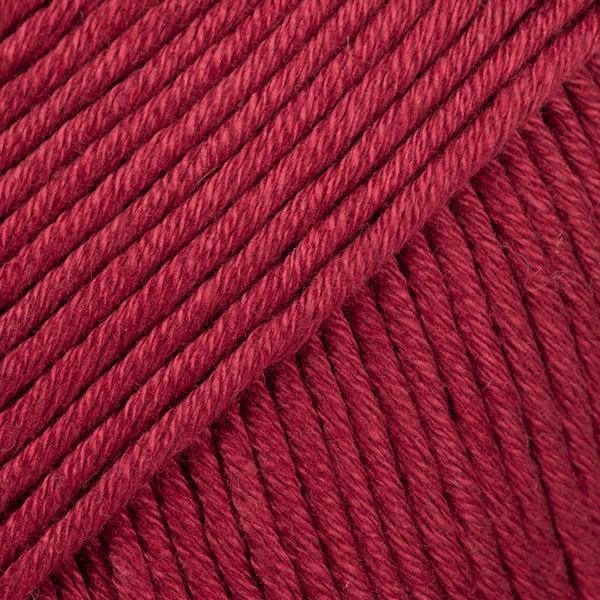




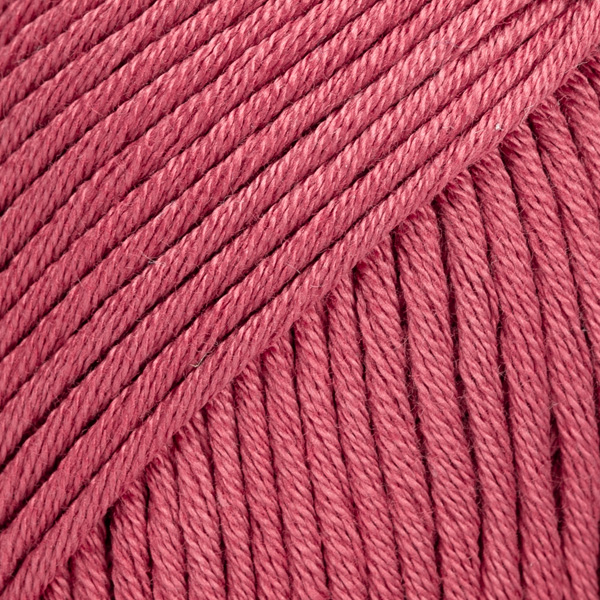

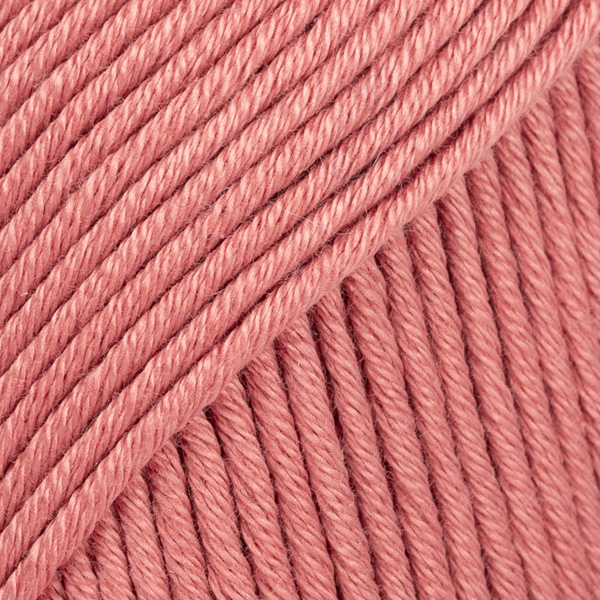

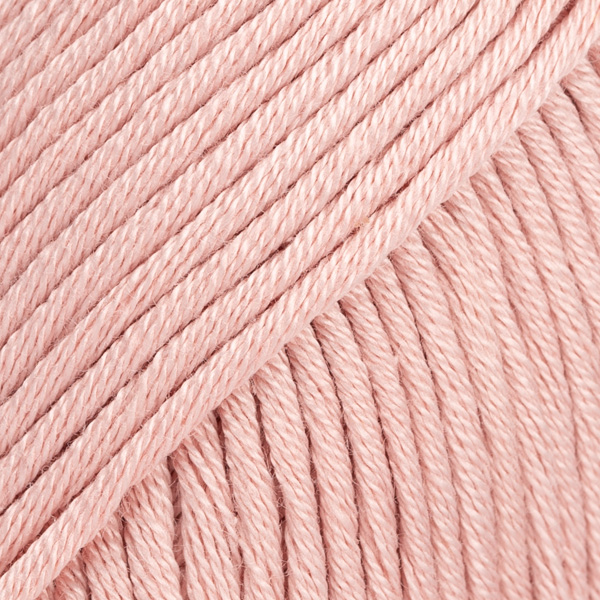

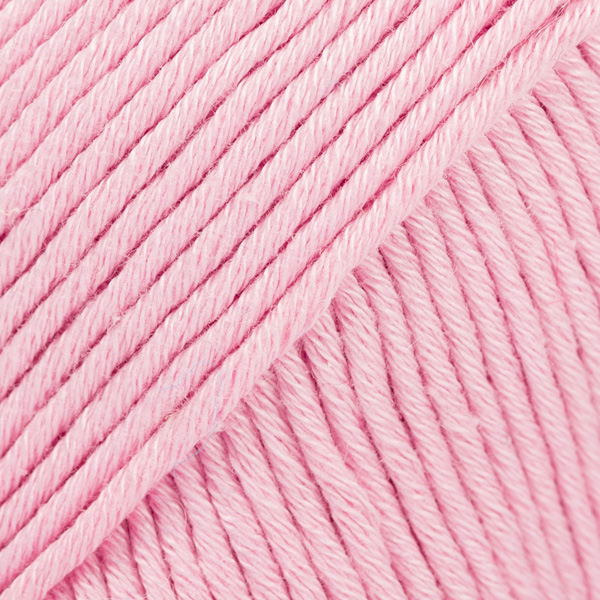





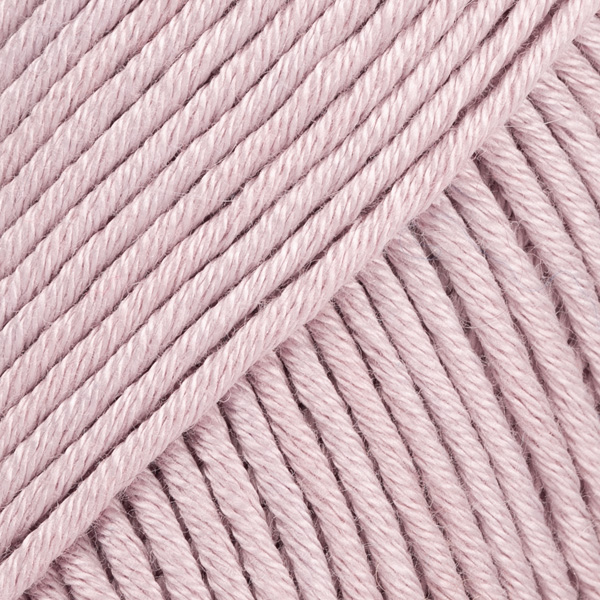


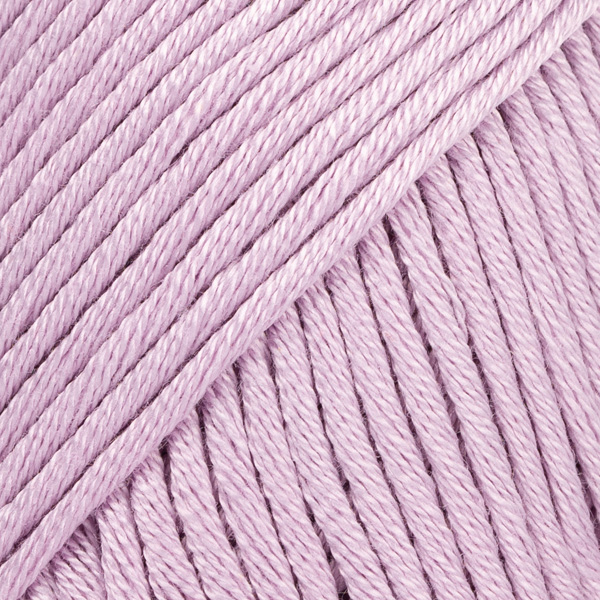





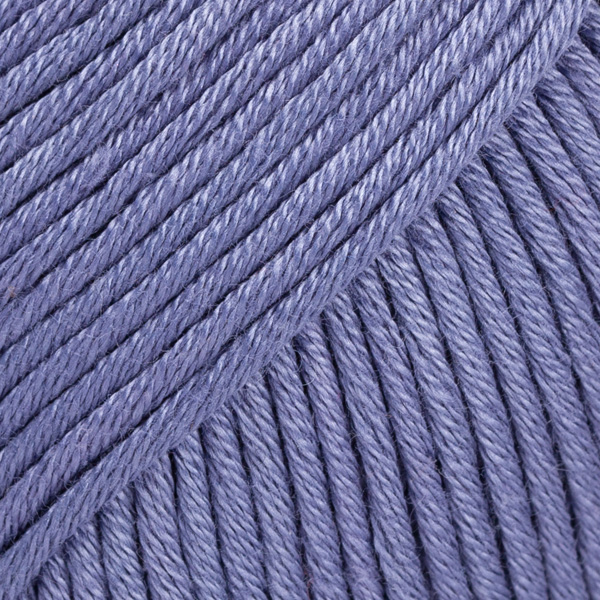















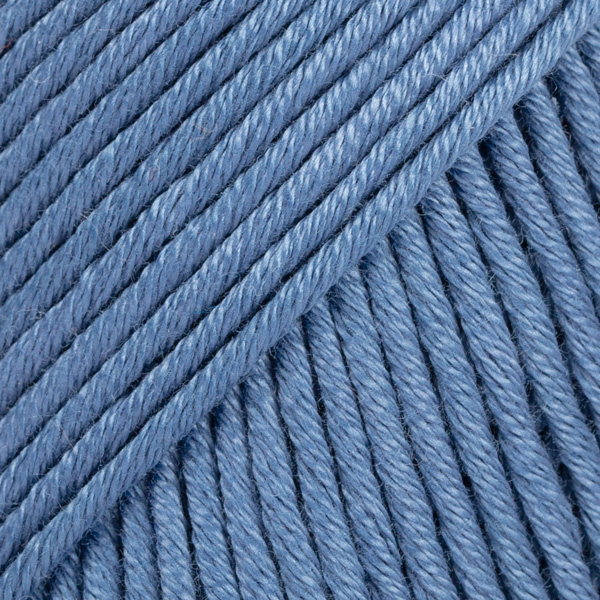

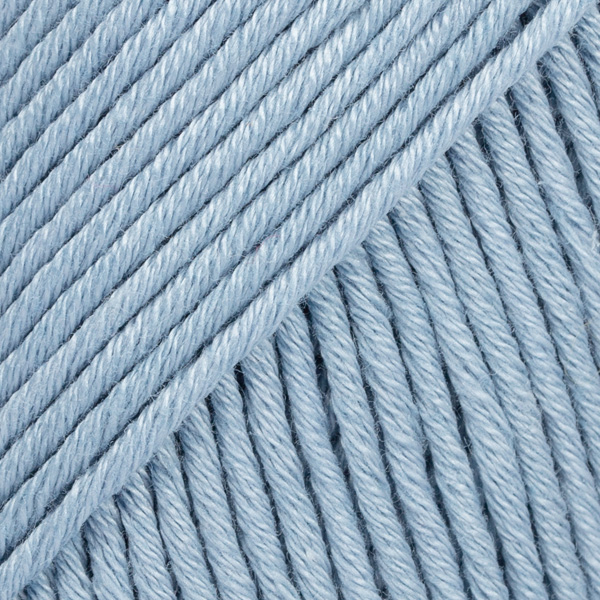

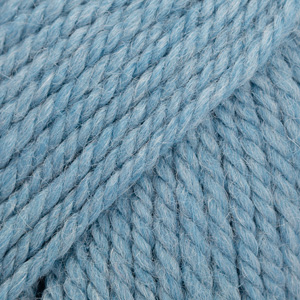


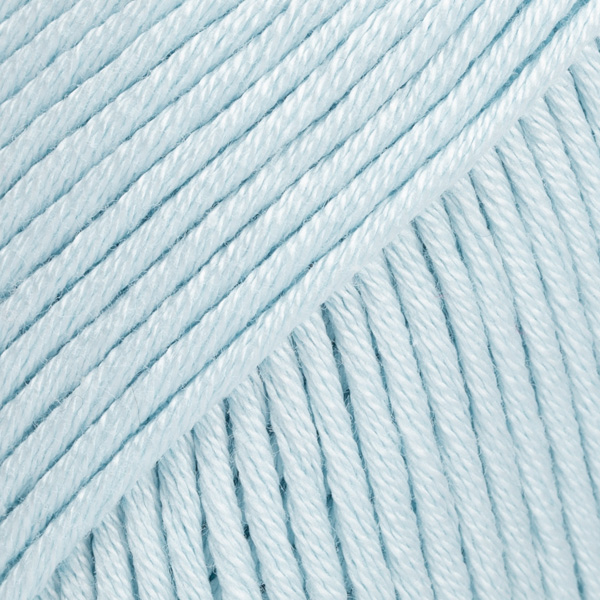

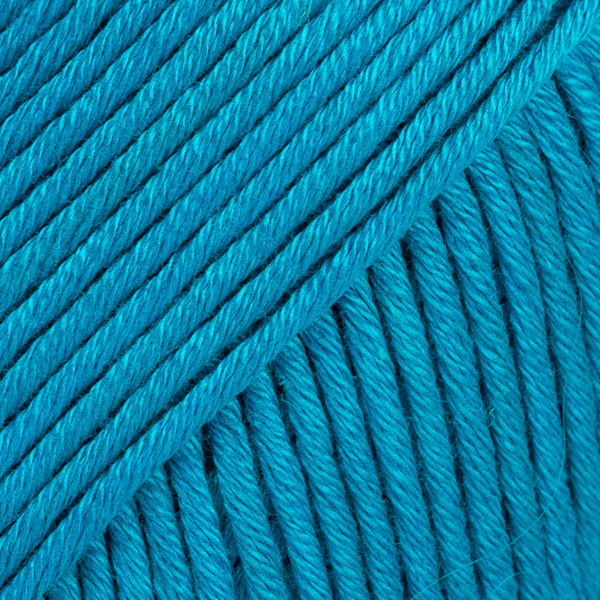










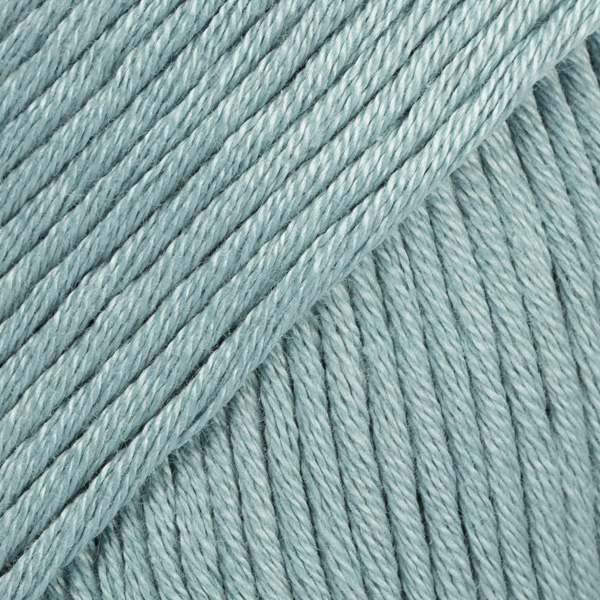

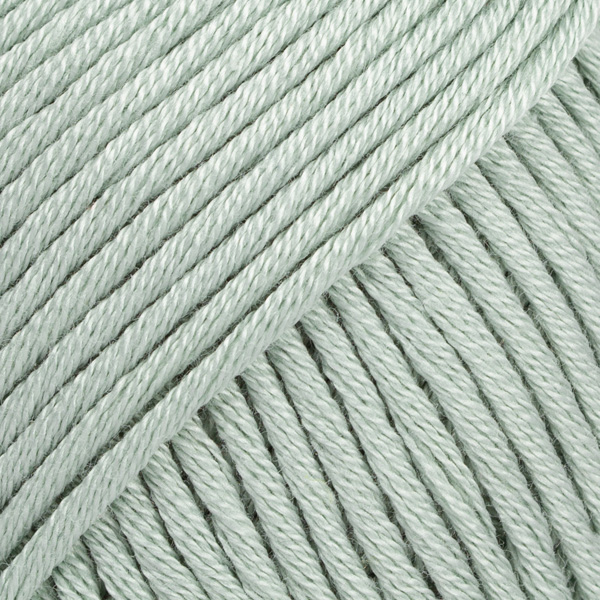



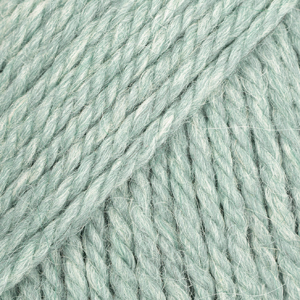


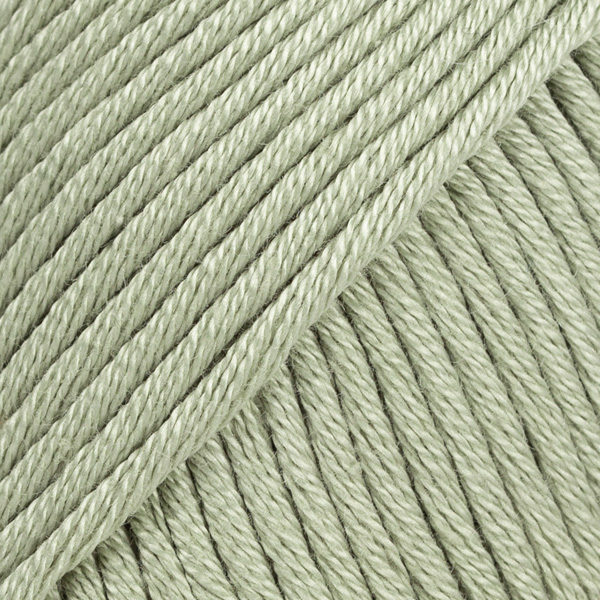

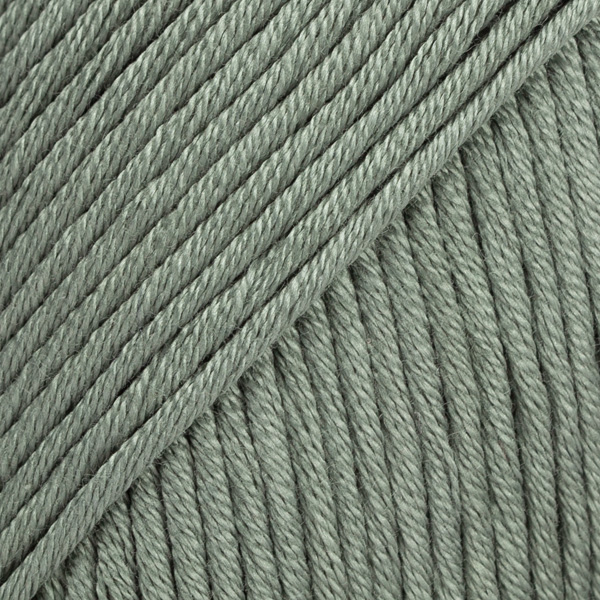























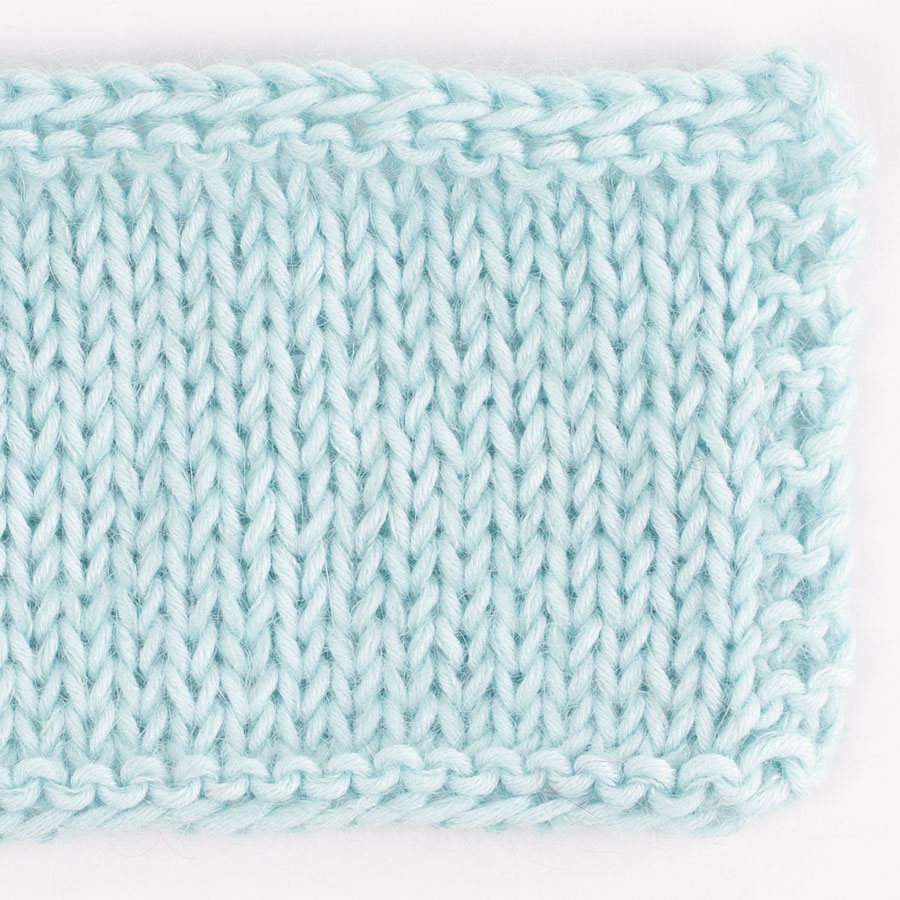
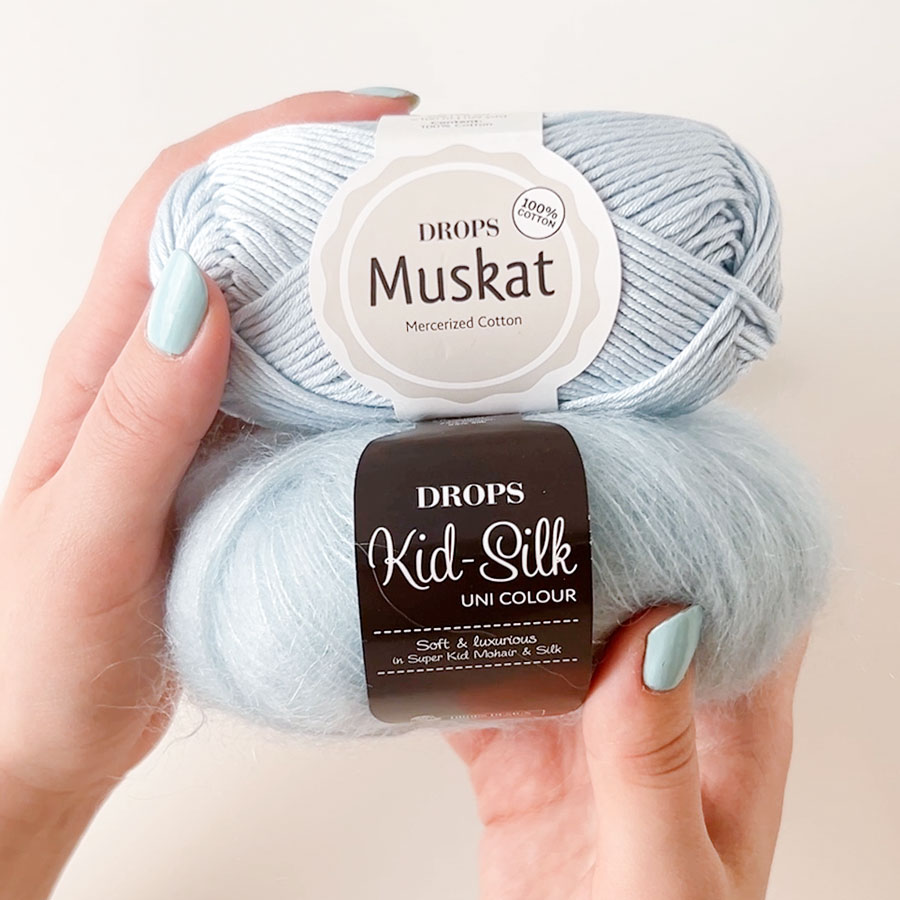

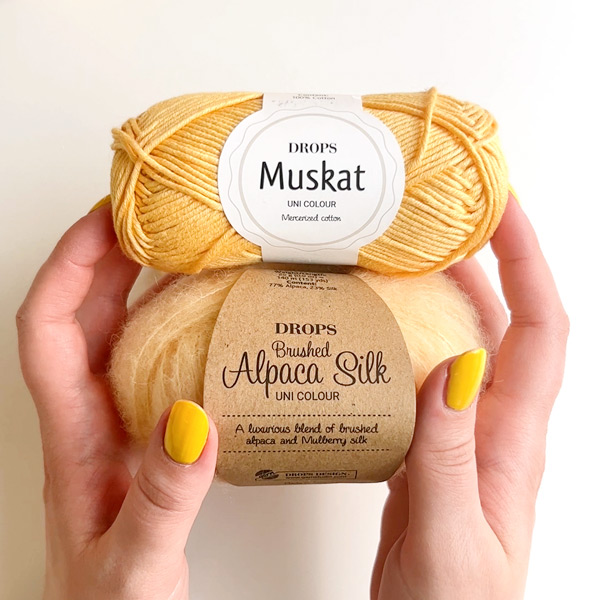
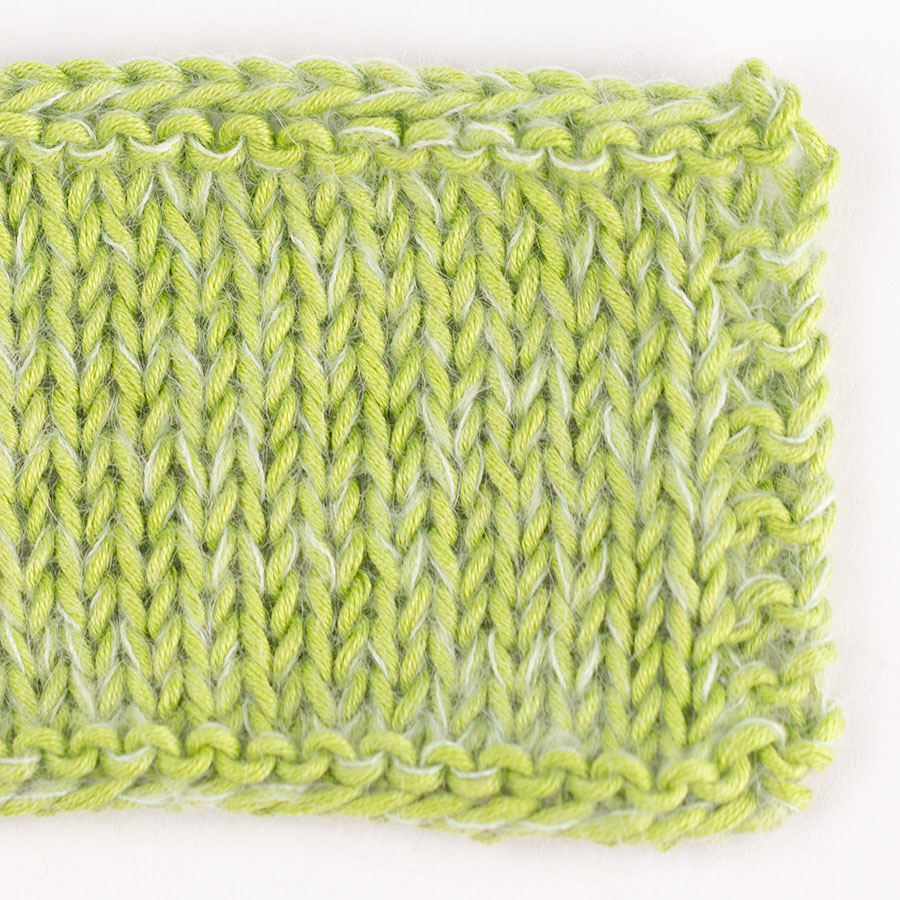
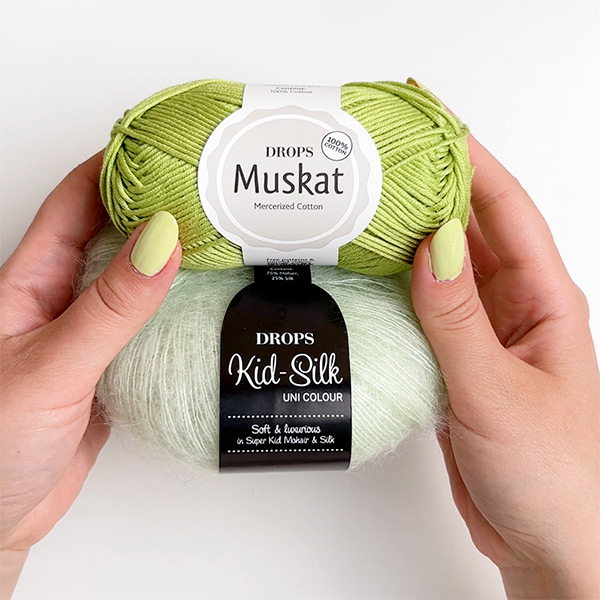
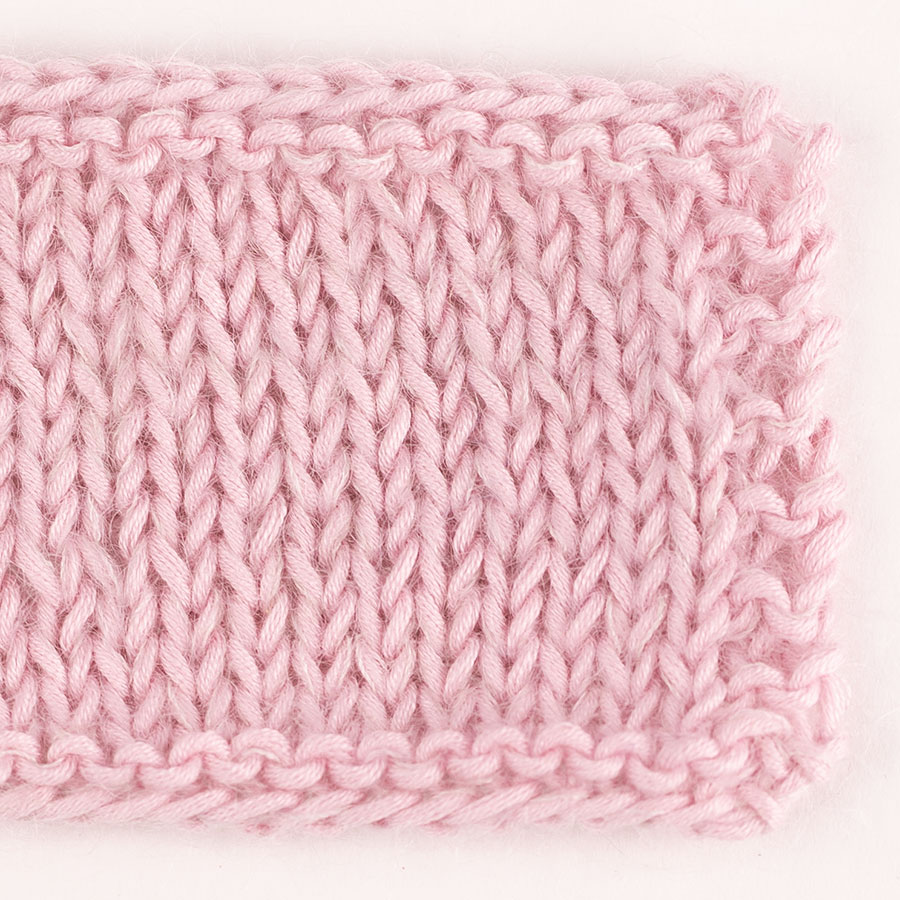
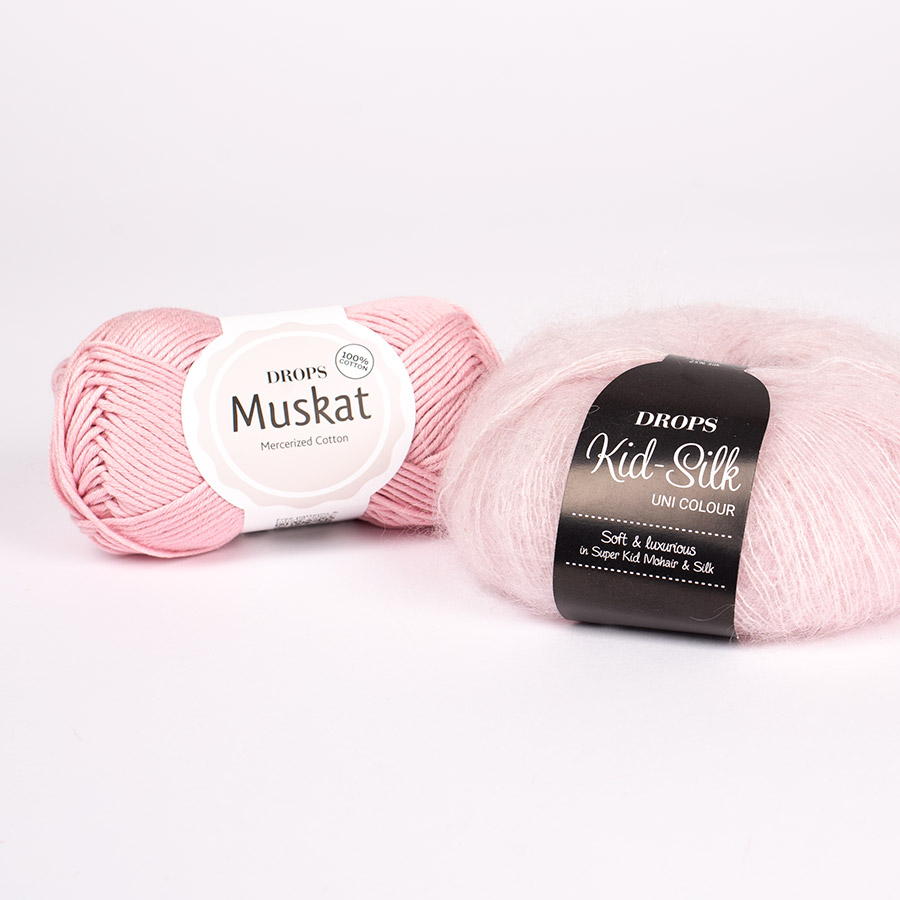
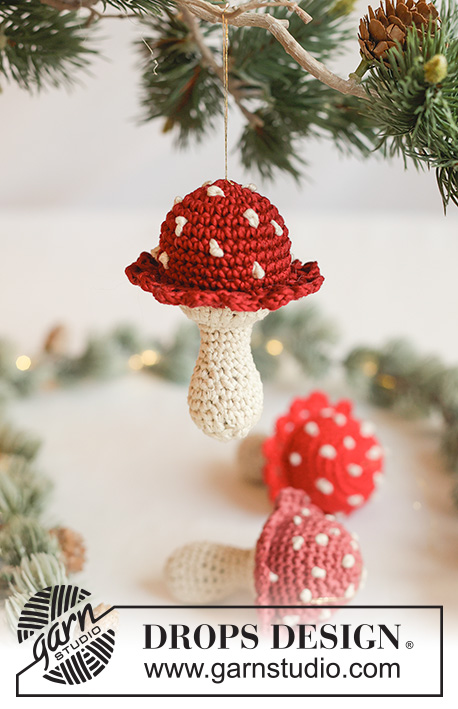

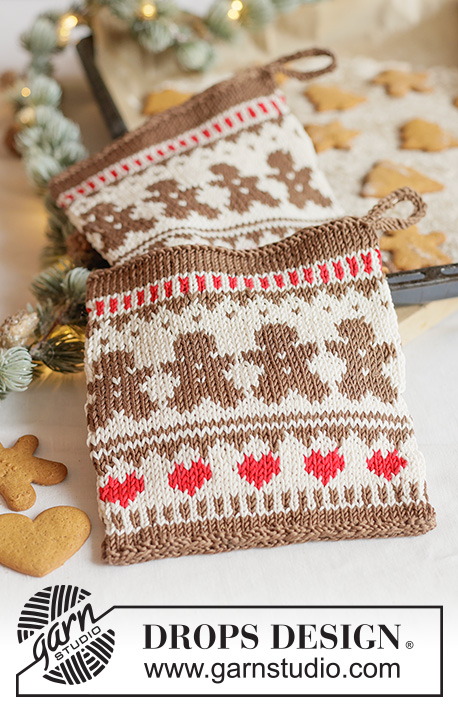






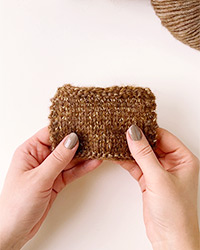
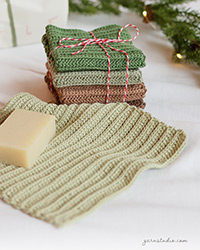
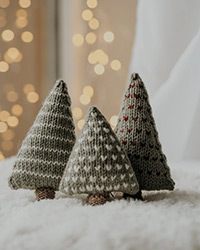
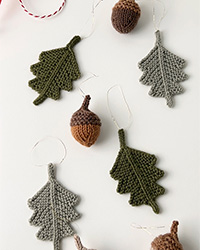
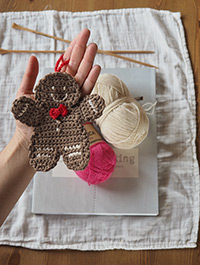
Christian wrote:
Jeg er helt vild med den inspiration der er at finde herinde. Der er altid hjælp og vejledning at få :)
25.02.2019 - 08:57